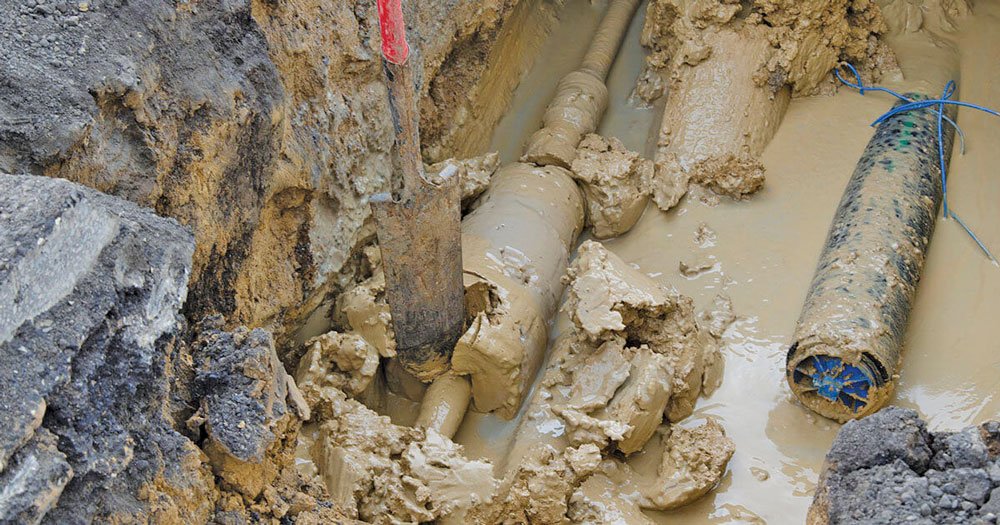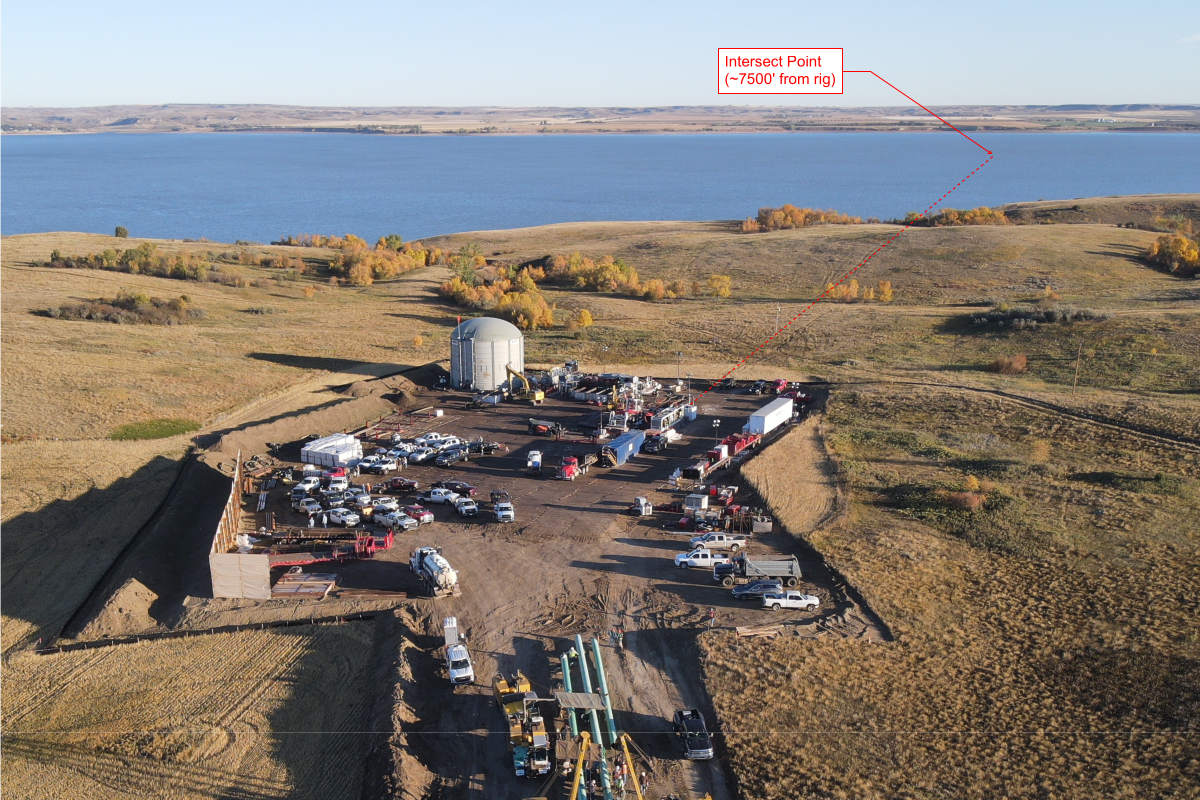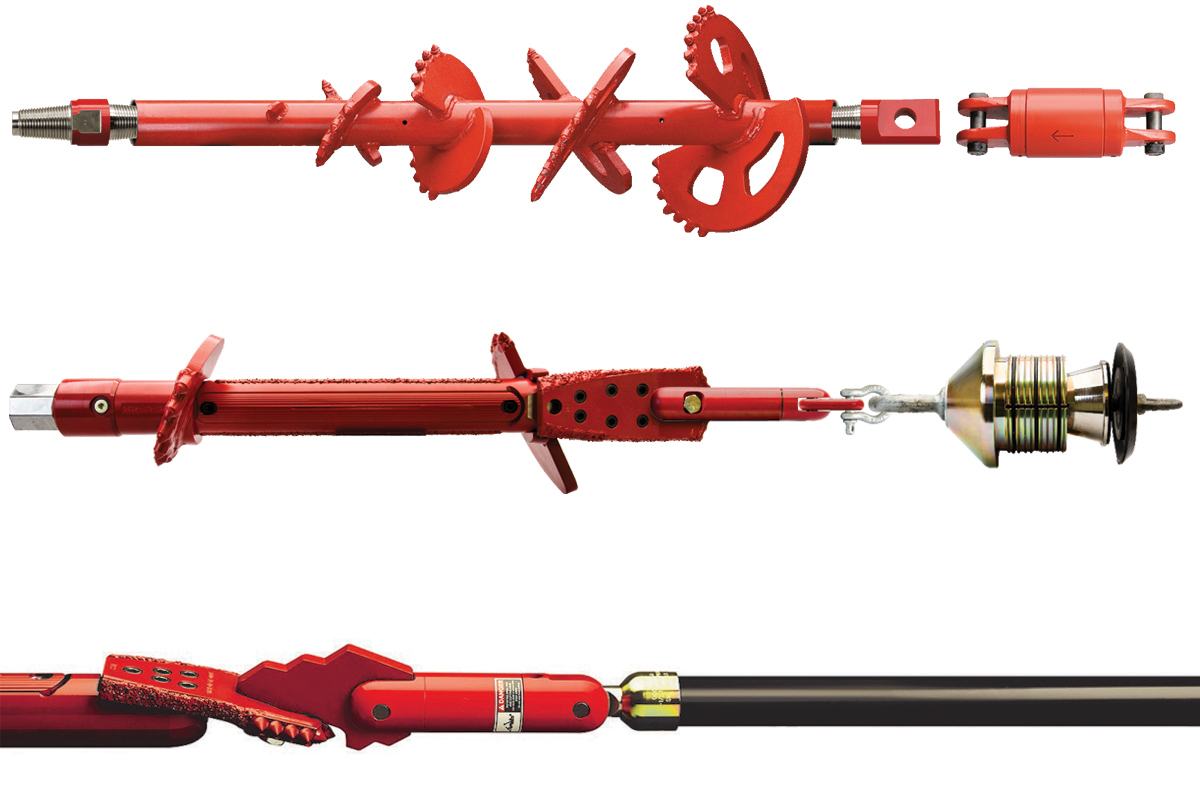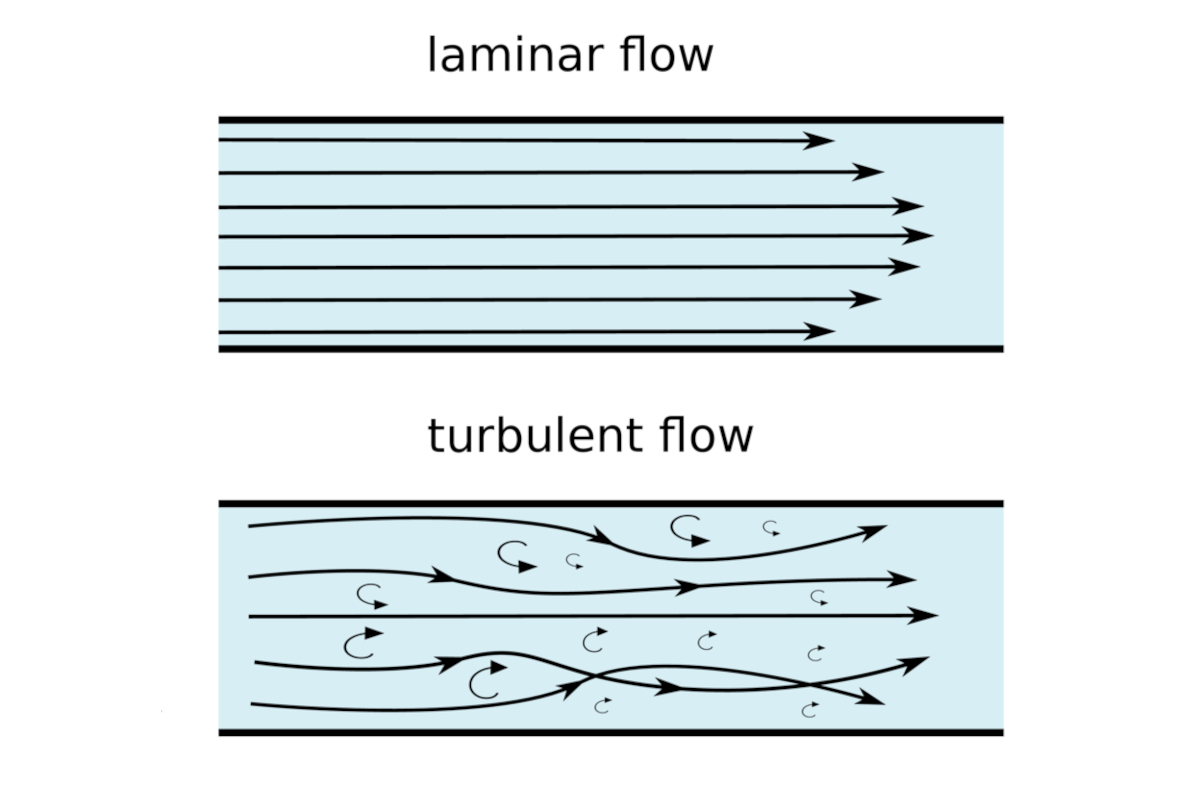
HDD Tooling Maintenance: Before, During & After
Before we can even discuss maintaining the tools for the job, it is important to ensure you are using the right tool in the first place. Even perfect maintenance cannot save a tool that is being used for something other than its intended purpose.
This may seem to be an obvious statement but the allure of a saved penny can quickly overtake common sense. Unfortunately, this straw man of savings is often a money pit and production killer. For example, fictitious Doug the driller might think he can save money by using cheaper undersized tooling on a rig with a higher torque and pullback rating simply because he’s got one from his last job. Sharing tools across drill rigs can damage Doug’s HDD tools, wreck his rig, and force him to abandon his hole altogether.
RELATED: Shopping for Used HDD Tooling? Here Are Some Tips to Keep in Mind
Unless he has a reliable fishing tool on hand, breaking tools down hole can require Doug to leave the tool behind and sacrifice the drilling progress thus far. Certainly, he is now thinking that extra cost for the properly sized tool was not so bad compared to the newly added two days of drilling this snafu has cost him.
Another example is using the wrong connector pins in a breakaway connector when pulling pipe. This can undermine their effectiveness and put the product pipe at risk. Using pins that are rated higher than the specs of the plastic pipe being pulled renders them useless since they’ll stay intact under the force of your pullback and stretch your pipe instead. Pipe with thinner (and therefore weaker) walls can become a significant liability.

Maintenance and proper usage of the right tooling for the job — this is where you can get a lot of bang for your buck with a little consistent routine maintenance.
During the Job
Now that you are scared straight from cutting corners, we can move on to maintenance and proper usage of the right tooling for the job. This is where you can get a lot of bang for your buck with a little consistent routine maintenance. One area is proper use of thread lubricant that is made specific to the torque demands of horizontal directional drilling (HDD). You can make the threads on your tooling last much longer if you properly apply the use of anti-seizing and galling thread lubricant as detailed by the manufacturer. Avoid using regular grease (bearing or axle grease, for example) since this can seriously damage the threads on your tooling and likely not graded for cold weather rating.
A poor drill fluid mix for the given ground conditions can cause premature wear on tools, especially in sand and gravel. If the sand is not suspended, or the borehole walls held open, then it is like spinning your bit and housing through sand paper. Ensuring your mud guy is on point and keeps that additive recipe to spec for the ground conditions will help you maintain life in your tooling. Failure to do so will result in soil balling up that prevents proper mixing of the additives. A good mud guy that pays close attention to those recipes is worth his weight in production dollars and repairs.
Though your transmitter is built with durability in mind, it’s still one of the most fragile parts of your drill string. The HDD tools in your drill string spin at around 300 rpm, which can easily loosen connections that aren’t secured tightly and end up compromising your transmitter. Sand and dirt build-up in the bottom of the bolt holes might make it feel like your cover plate or end plugs are tightened down, even if they aren’t. Take time to clean these areas thoroughly between shots to ensure the residual isn’t compounded after several shots. This can also impact the bolt fittings, and If not shouldered up properly, bolts become more susceptible to vibrating loose or even shearing off.
RELATED: Melfred Borzall Celebrates Production of 100,000 Directional Blades
When you stop drilling, fluids and sand can build up in your fluid ports, so check and clean them too. When this mixture dries, it basically becomes a form of concrete, making it much harder to extract once solidified. By flushing your ports with a pressure washer after each use, you ensure that your fluid ports remain free from debris and blockage.

Every tool has a lifespan. Knowing how to recognize your tool’s lifespan is important to your production efficiency and avoiding costly downtime.
After the Job…or at the End of your Tooling Life
Every tool has a lifespan. Knowing how to recognize your tool’s lifespan is important to your production efficiency and avoiding costly downtime. For example, fictitious Doug the driller, with only 200 more feet left in the shot, might be tempted to pad his bits or backreamer by welding on steel or carbide cutters to increase the cutting diameter or to keep the tool running. This is a recipe for slowing down your operation or breaking your tools mid-job. Haphazardly applied cutters generate a tremendous amount of drag as you drill. Lack of balance creates a vibration that will damage other tools or send uncontrolled vibration back onto the drill rig and wear out bearings fast. Also, be sure to verify the true cutting diameter of a reamer after each shot. After 300 ft of pullback in tough ground, that 12-in. reamer may be reduced to actual 10-in. cutting diameter due to wear. This will really be a headache when you try to pull that 8-in. pipe through. It pays to check prior to putting it in the ground.
RELATED: Tech Forum: Streamline Your HDD Operations with these Two Crucial Lean Principles
If your only option is to retire that bit or backreamer, then swap it out with another — do it. Do not risk placing tooling in the ground that could break downhole. This could be the difference between only one more afternoon of drilling and two days of downtime while you wait for the new bit to arrive followed by another day of setup and avoidable drilling. Don’t forget that overtime and per diem you are paying the entire crew in the meantime. An economical solution to a backup could be keeping tooling on hand that can be rebuilt by the manufacturer. Many manufacturers offer bits and reamers that are easily turned around for rebuild, restoring them to near-newness at a fraction the cost of purchasing a new bit.
These things may seem small or tedious in the moment, but whether it be preemptive or after the fact, each one of these practices will equal greater tooling life, more profitable production, and peace of mind.
Peter Melsheimer is marketing director at Melfred Borzall.




